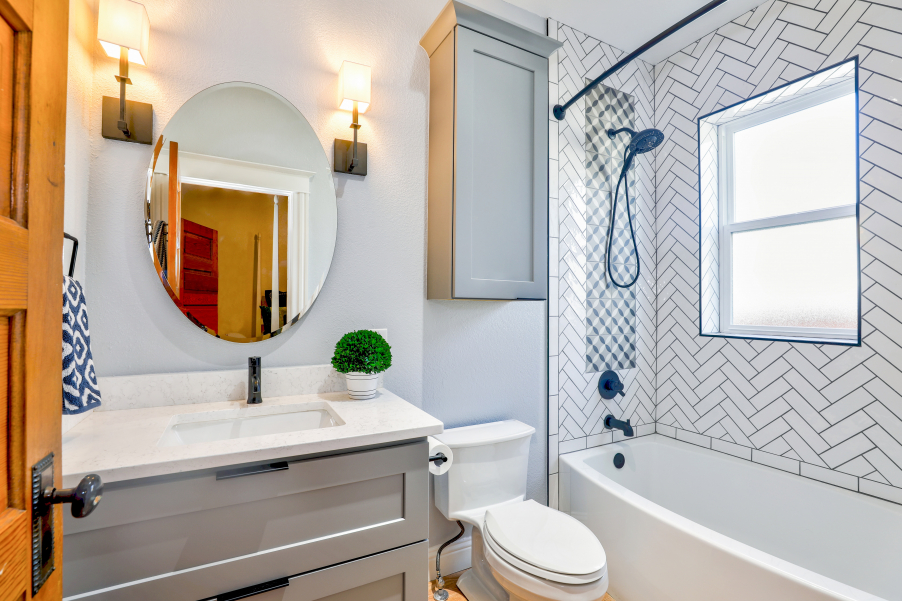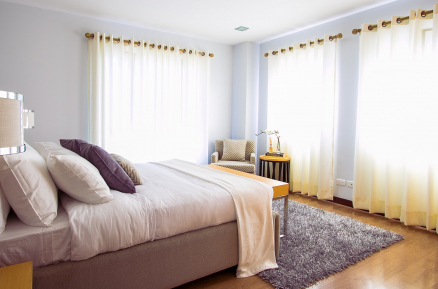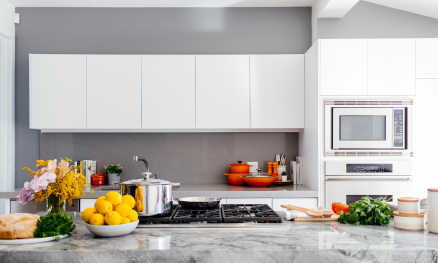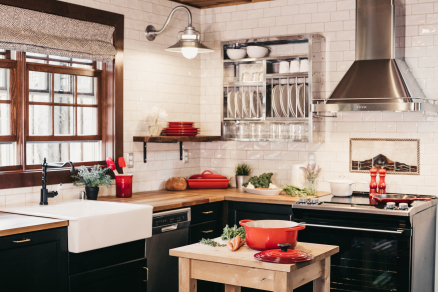Making a bathroom safe for a dementia patient
In order to maintain a safe bathroom you need to consider new features to ensure that trip and slip hazards are covered, as well as a couple of heat safety features. Remove any ornaments, jugs and freestanding items from the bathroom that may be easy to bump into and consider removing mirrors.
Patients suffering with dementia may no longer recognise their own reflection and can become distressed or shocked by someone staring back at them from a mirror. Don’t make the bathroom feel really sterile but just make it as easy as possible for the patient to see what they need to use. Lighting is very important in dementia care and the ability to be able to see clearly. See more on lighting here (link to blog)
Thermostatic products
Thermostatic taps are a must. These enable the temperature to be set to avoid the risks of scalding skin. As a dementia patient begins to lose their sensory feeling of pain, they will not realise if a bath is too hot, or a shower is running water at too high a temperature. There are other products you can use such as alarms which sound when a bath is too hot. However it is important to make sure that the sound from the alarm is not a confusing message to the patient.
Radiators
Ensure that the radiator in the bathroom has a thermostatic valve on it and that the radiator doesn’t get too hot. If the radiator is a heated towel ladder style radiator, consider whether this may be confused for a handle, especially if close to a toilet.
Handrails
Hand-rails need to be easy to see and obvious as to what they do. So each practical support should look like what it is meant to be. This is so that the patient can identify with what it is.
Toilets
Make sure a standard toilet seat has been installed, but you can consider changing the colour of the toilet seat to something brighter which is a different colour to the pan. Rather than changing the toilet to a standard pan and cistern, you can add simple “flush here” notices to identify where the toilet flush is for a concealed cistern.
Access to the toilet
We discuss this in our article about bedroom designs and the importance of the patient being able to see the toilet from their bed. This is so that they can make a safe trip to use it in the night.
Soap and facecloths
Make sure that the bar of soap on the sink and any face cloths or towels are a different colour to the sink, so that they stand out. That will help to prompt the patient to wash their hands, when they may forget to otherwise and also to dry their hands or face.
Slip mats
The obvious choice of non-slip bath mats inside the bath, as well as non-slip mats out of the bath or shower are a sensible addition to any bathroom where a patient’s stability may be in question. However, make sure that anything which is on the floor of the bathroom, such as mats or rugs are securely fastened, or removed if the corners easily come up for example.
Open shelves
These are a good way to leave out products like shampoo, soap, toothpaste and toothbrushes, so that the patient is able to see them and remembers to carry out their tasks. If they are inside a closed cupboard it is likely that they will forget to carry out those activities.
Lighting
Lighting needs to be bright enough for the patient to be able to see, but not too harsh a light that may encourage shadows or too cold a light. Make sure that it encourages a warm environment. Investigate the possibility of installing low level lighting which is bright enough to see but not too bright that it has a glare that properly wakes the patient up. This helps to ensure that the patient is not distracted and that they can easily carry out the task, independently, for as long as they can.
Bathroom design
If you don’t have a wet room, you might want to minimise the trip hazards. Even a shower tray and a glass door can become troublesome over time, it might be worth considering changing the bathroom or another space into a wet room. With stability concerns getting in and out of a bath unaided may become more difficult. Without all of the expense, there are some other more practical changes that you can make to ensure their safety when running water. It is advisable to have someone around when the patient is running a bath or using the bathroom, as a precaution.
Bestsellers under £50







